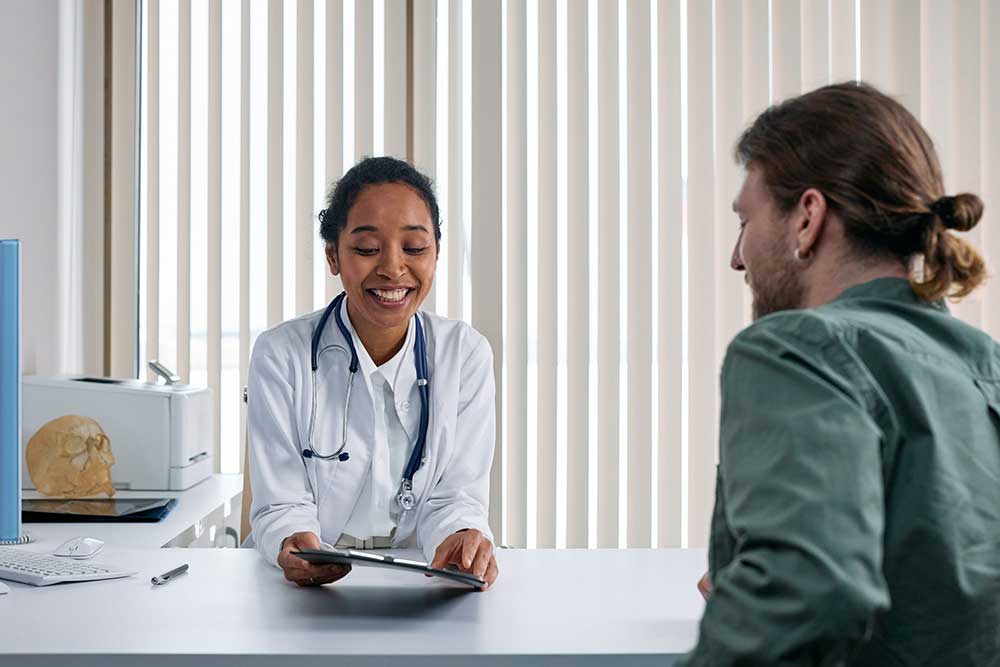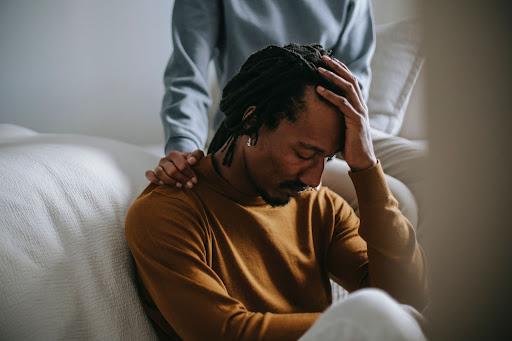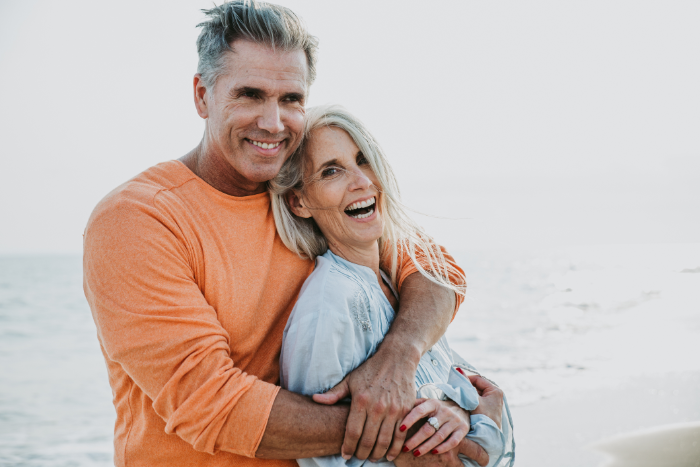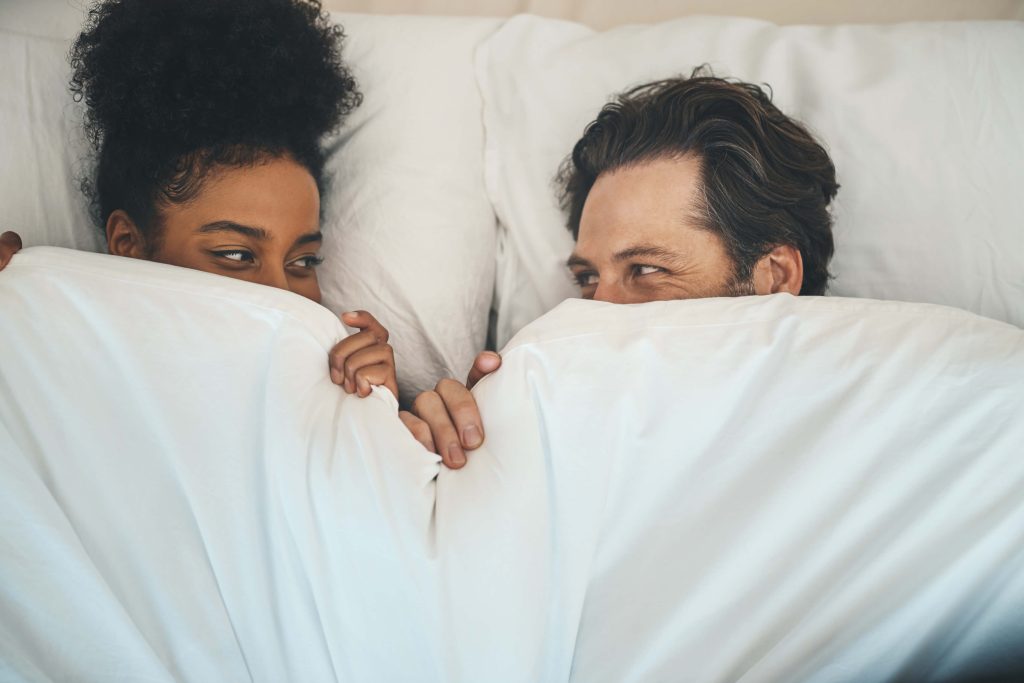Erectile dysfunction (ED) is a common problem that affects many men worldwide. Many factors can contribute to ED, including aging, lifestyle choices, and medical conditions. However, one issue that has been the subject of much debate is whether biking can cause or worsen ED.
While there is almost no doubt that cycling helps improve your overall health, there is still some uncertainty about the effects of prolonged saddle riding on the penis. Let’s dive deep into the connection between biking and erectile dysfunction to help you separate fact from fiction.
Can Cycling Cause Erectile Dysfunction?
The answer to this problem has its nuances. Some studies have shown that cycling can indeed increase the risk of developing ED, while others have found no significant correlation. However, what is clear is that prolonged pressure on the perineum (the area between the testicles and the anus) can damage the nerves and blood vessels that control erections.
In addition to cycling itself, other factors associated with the sport may also increase the risk of ED. These include wearing tight clothing that can constrict blood flow, adopting a riding position that puts excessive pressure on the perineum, and spending prolonged periods on a hard saddle.
What Can I Do to Reduce ED Risk While Cycling?
If you’re a cycling enthusiast, there are several steps you can take to avoid developing erectile dysfunction. Here are a few precautions to consider:
Choose a Wider Saddle with Extra Padding
Select a relatively wider saddle that provides additional support and comfort to the perineum. Consider using a one with a sponge or gel padding, as this can help reduce the pressure on delicate nerves and blood vessels.
Set a Proper Bike Seat Height
Adjust your bike seat to the correct height so that there is a slight bend in your knee when the pedal is at its lowest point. This puts less pressure on the genitals.
Proper seat height can help distribute your weight more evenly and alleviate the strain on the perineum.
Consider Padded Shorts
Wearing padded cycling shorts can provide additional protection and cushioning for the perineum and genitals. The padding can also help absorb shock and reduce the impact of the bike seat on these sensitive areas.
Take Regular Breaks and Change Positions
On longer rides, take regular breaks to stretch your legs and give your perineum a rest. Changing positions can relieve pressure and improve blood circulation in the area.
Reduce Training Intensity
Cutting back on the intensity and duration of your cycling sessions may help alleviate symptoms of biking-related ED issues. Give your body enough time to recover between rides and avoid overexertion. Gradually build up your endurance while listening to your body’s signals.
Seek Medical Advice
If you experience a loss of sensation, penile numbness, or tingling during or after cycling, you should consult a doctor or a urologist to assess your condition and provide appropriate guidance.
Biking and ED are indeed connected, but the relationship between the two is complex and requires further research. If you’re an avid cyclist experiencing ED, don’t hesitate to reach out to the qualified team at Stud RX. We are here to provide you with valuable information and support. You can contact us by phone at 1-884-478-8379 or send an email to support@stud-rx.com to learn more about how we can support you.








